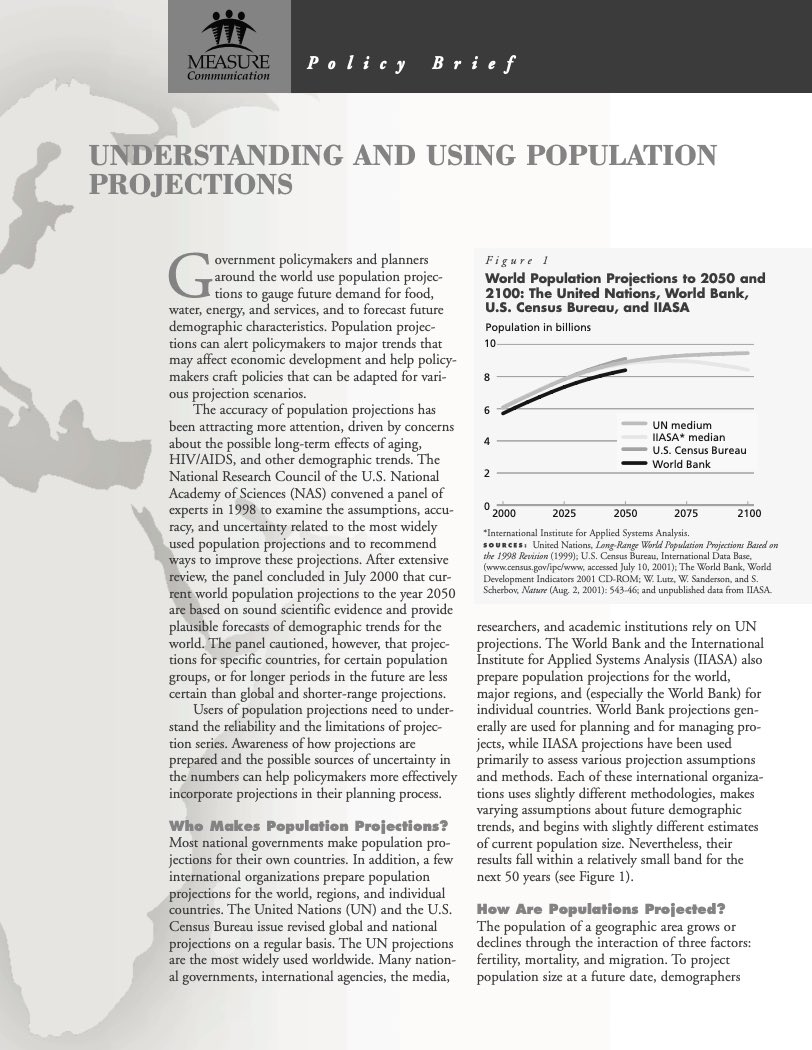497 Search Results Found For : " ʸī rqc912.top Ʈ 继īƮ Time slot ¶īƢ ػ罺 Ȧ PC ī Ȳ"

Policy Brief: Understanding and Using Population Projections
Government policymakers and planners around the world use population projections to gauge future demand for food, water, energy, and services, and to forecast future demographic characteristics.
PRB Discuss Online: Child Marriage in Yemen
2011) In Yemen, one in three women ages 20 to 24 report that they were married before their 18th birthday. And although there seems to be a positive trend over generations, Yemen still has the highest rate of early marriage in western Asia and is considered one of the top 20 "hot spots" for child marriage.
PRB Discuss Online: Engaging Men in the Fight to End Violence Against Women
(2009) One in three women will experience an act of violence in their lifetime, whether it is domestic and interpersonal violence; sexual violence; violence in the name of "culture" or tradition; or systemic violence, as in the use of rape as an instrument of war.
U.S. Baby Boomers Likely to Delay Retirement
(2014) A growing share of Americans are working beyond their 65th birthdays, a reversal that began about 25 years ago (see figure). This upswing appears likely to continue as more members of the baby-boom generation (born between 1946 and 1964) reach traditional retirement ages.
PRB Discuss Online: What Do We Know About the Relationship Between HIV/AIDS and the Natural Environment?
(2010) The relationship between HIV/AIDS and the natural environment is complex and operates at many levels in countless ways. HIV/AIDS morbidity and mortality may affect people's use of natural resources and the institutions that govern resources, while environmental change may affect people living with HIV/AIDS and increase susceptibility to illness and even HIV infection among certain groups, especially women and girls.
PRB Discuss Online: The Tsunami, Six Years Later: Results of a Large-Scale Longitudinal Study in Aceh, Indonesia
(2010) will mark the sixth anniversary of the earthquake that spawned a tsunami on the coastlines of countries bordering the Indian Ocean.
PRB Discuss Online: The Fight to Stop Honor Killings
(2009) "Honor Killings" claim the lives of at least 5,000 women each year in traditional societies around the world; many more women live under the fear of these attacks.

Understanding and Using Population Projections
Government policymakers and planners around the world use population projections to gauge future demand for food, water, energy, and services, and to forecast future demographic characteristics.
